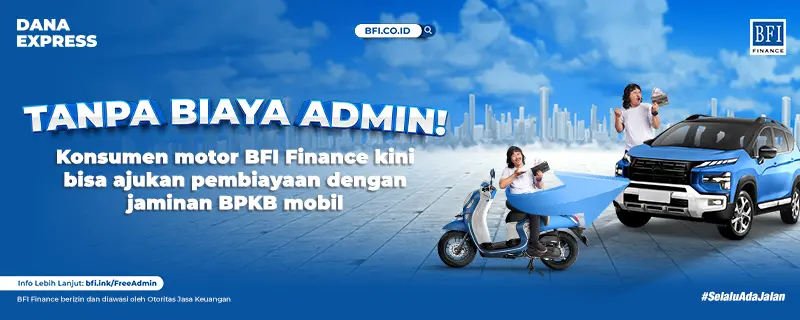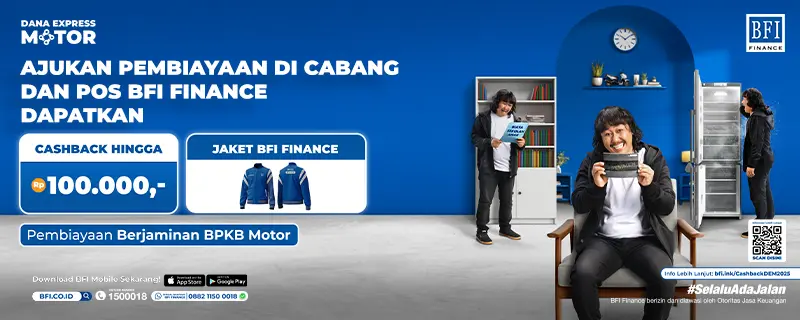The terms leasing and credit are often misunderstood as being the same, when in fact they carry different meanings.
Both leasing and credit are financing options offered by financial institutions for individuals as well as businesses. However, there are key differences in ownership, payment structure, and the benefits provided.
By understanding these differences, you can make a smarter choice that aligns with your needs and financial situation. To avoid choosing the wrong option, let’s take a closer look.
What Are Leasing and Credit?
Leasing is a financing agreement where a financial institution (lessor) purchases and provides an asset for a user (lessee) to utilize within an agreed period.
During this term, the lessee pays regular rental fees. At the end of the contract, the lessee is usually given several options: purchasing the asset, returning it to the lessor, or extending the lease.
Credit, on the other hand, is financing provided by a bank or another financial institution to purchase an asset. The borrower (debtor) repays the principal plus interest in installments, and once fully paid, the asset becomes the debtor’s property.
Key Differences Between Leasing and Credit
Before deciding which financing option suits you best, it’s important to understand the differences between leasing and credit. Here are the main points:
-
Term Period
-
Leasing: The payment term is usually based on the economic life of the asset or the agreement with the lessor. It may extend for years as long as the lessee continues to pay.
-
Credit: The repayment period depends on the debtor’s financial capability and the lender’s policy, typically ranging from 1–8 years.
-
-
Asset Ownership
-
Leasing: Ownership remains with the lessor during the contract. At the end, the lessee can choose to buy, extend, or return the asset.
-
Credit: Ownership transfers to the buyer from the beginning, although the ownership document (e.g., vehicle registration) is usually held as collateral until the loan is fully paid.
-
-
Usage
-
Leasing: Often chosen by businesses for large assets such as commercial vehicles, heavy equipment, or machinery. Leasing offers tax advantages, easier asset replacement, and working capital efficiency. However, usage may be subject to restrictions, such as mileage limits or maintenance requirements.
-
Credit: Commonly used by individuals to purchase homes, cars, or other high-value items, with full freedom of use from the start.
-
-
Payment Structure
-
Leasing: Payments are fixed rental fees agreed upon at the start of the contract, based on the asset’s value and term length.
-
Credit: Payments consist of principal and interest installments, which may be fixed or variable depending on market interest rates.
-
-
End-of-Term Options
-
Leasing: In finance leases, the lessee may buy the asset at the end of the term for a residual price. In operating leases, this option may not be available.
-
Credit: The asset belongs to the debtor from the start, so there is no end-of-term purchase option—only repayment of the loan.
-
-
Tax Benefits
-
Leasing: Rental fees can sometimes be treated as tax-deductible. In operating leases, assets do not appear on the lessee’s balance sheet, providing tax and accounting advantages.
-
Credit: Loan interest can be tax-deductible, but the asset remains recorded as company or personal property, impacting the balance sheet.
-
-
Flexibility of Use
-
Leasing: Modifications or major changes usually require the lessor’s approval.
-
Credit: Full ownership allows the debtor to freely modify or use the asset as they wish.
-
-
Payment Risk
-
Leasing: If payments are missed, the lessor can reclaim the asset without a complicated repossession process.
-
Credit: In case of default, the lender must undergo a legal repossession process, which can be more complex.
-
-
Application Process
-
Leasing: Generally simpler, as the lessor mainly evaluates repayment ability or business feasibility.
-
Credit: Often more stringent, requiring good credit history and supporting documentation.
-
-
Total Cost
-
Leasing: Initial costs are lighter, with lower down payments. However, the overall expense (rental fees plus purchase option) may end up higher.
-
Credit: Usually requires a larger down payment, but total costs can be lower depending on interest rates and loan terms.
Leasing and credit each have their own strengths and limitations. The right choice depends on your specific needs and financial condition.
If you’re planning to start or expand a business with financing support, BFI Finance offers safe and reliable solutions. You can apply for financing secured by a motorcycle BPKB, car BPKB, or property certificate.
All BFI Finance services are licensed and supervised by the Financial Services Authority (OJK), ensuring safety and trustworthiness. Achieve your dreams—whether for business or personal needs—because #SelaluAdaJalan with BFI Finance.







